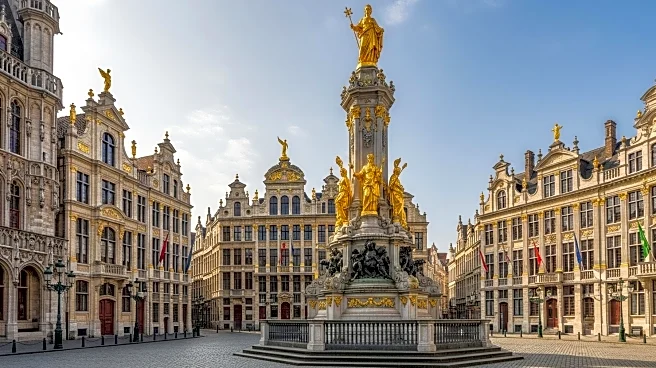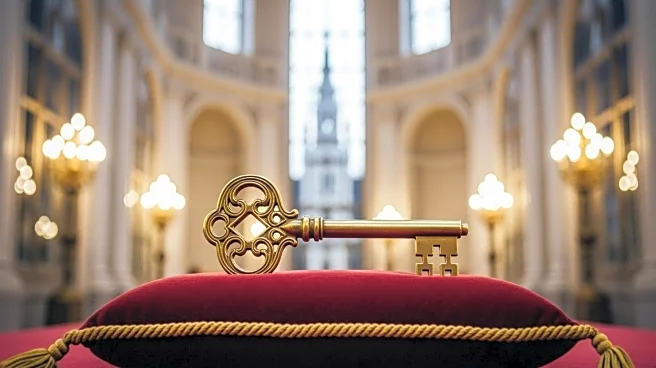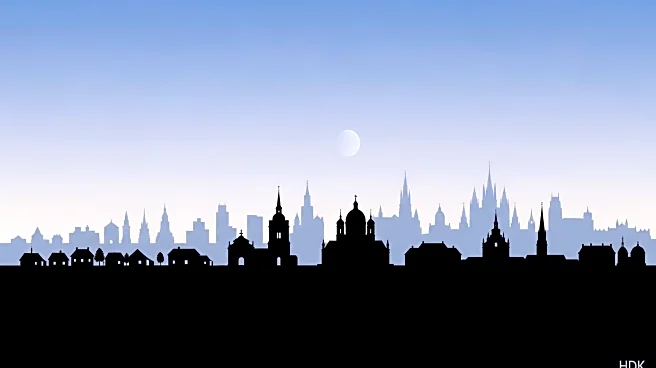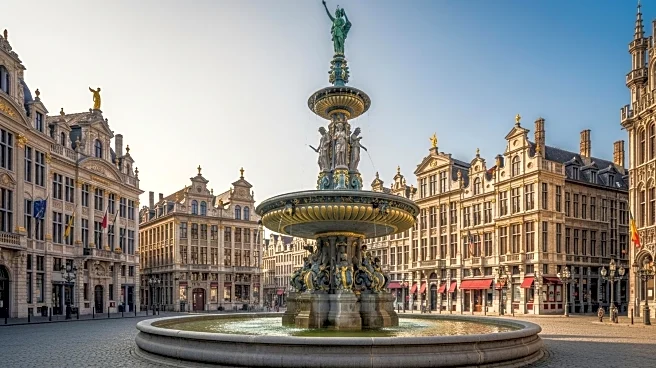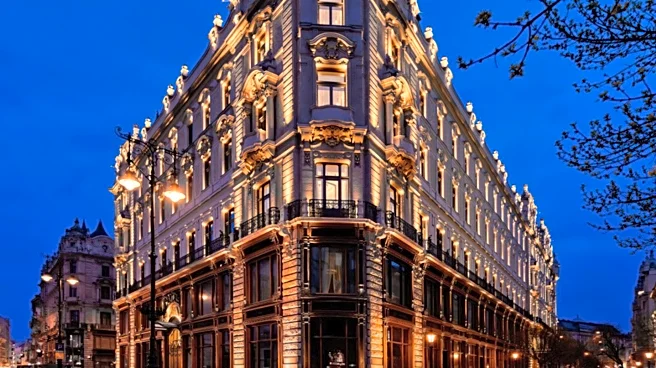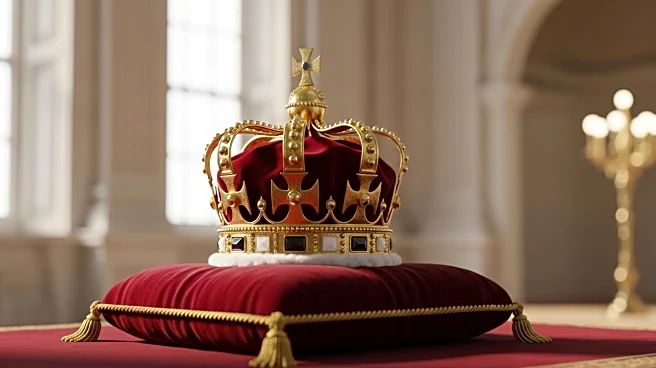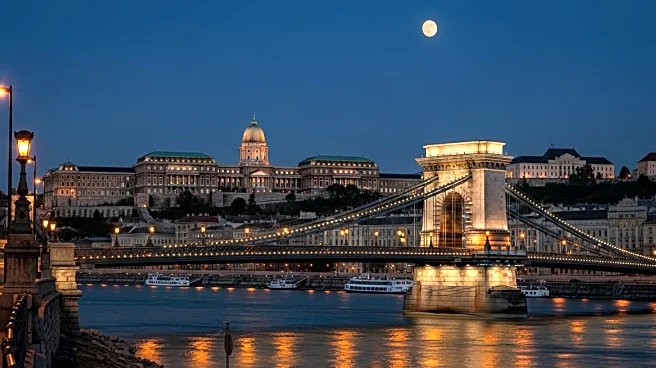Brussels, the capital of Belgium, is a city rich in symbols that define its role as a European capital. As the de facto capital of the European Union, Brussels hosts numerous EU institutions, making it a pivotal center for international politics. The city's symbols reflect its unique blend of history, culture, and diplomacy.
Emblems and Meanings
Brussels is home to numerous emblems and symbols, including the Atomium, an iconic structure representing scientific progress and innovation. The Grand Place, a UNESCO World Heritage site, symbolizes Brussels' rich architectural heritage. These symbols contribute to the city's identity as a European capital.
Origins of Symbols
The origins of Brussels' symbols are deeply rooted in its history and cultural evolution. The Atomium, built for the 1958 World Expo, reflects Brussels' commitment to innovation and progress. The Grand Place, with its stunning architecture, showcases the city's historical significance and cultural heritage.
Usage in Culture
Brussels' symbols are widely used in cultural expressions, from art and literature to festivals and events. The city's symbols are celebrated in various cultural activities, highlighting their importance in Brussels' cultural scene. These symbols contribute to the city's identity and attract visitors from around the world.
Changes and Controversies
Brussels' symbols are not without changes and controversies, with discussions surrounding their preservation and representation. The city's commitment to innovation and progress sparks debates on the evolution of its symbols. Brussels' cultural scene reflects its ability to embrace change while preserving its rich heritage.
 Discover Daily • 8 min read
Discover Daily • 8 min read 